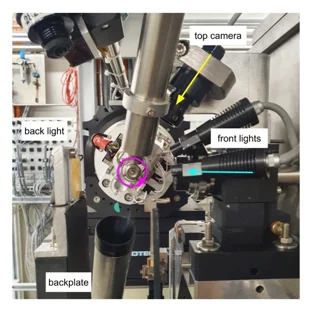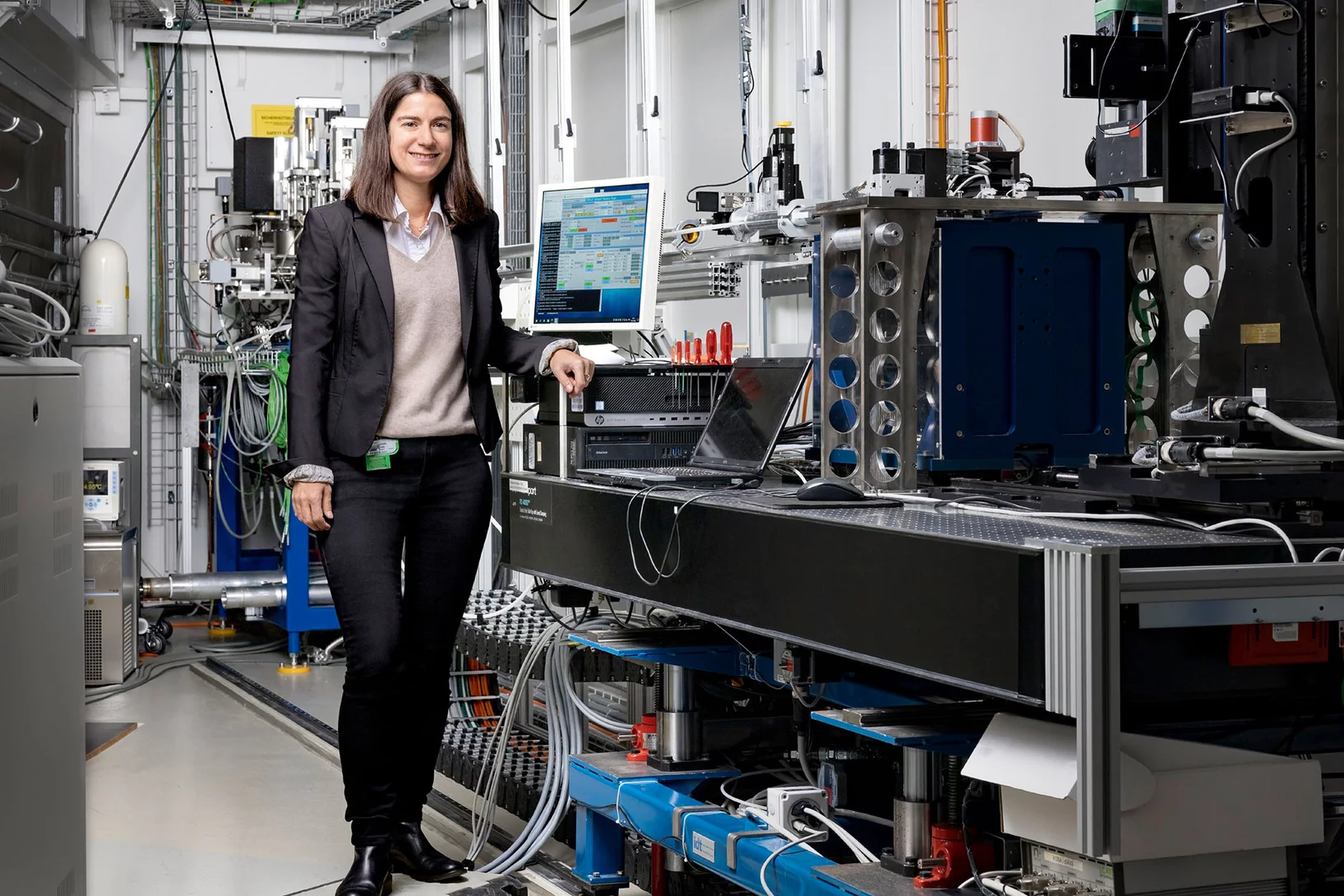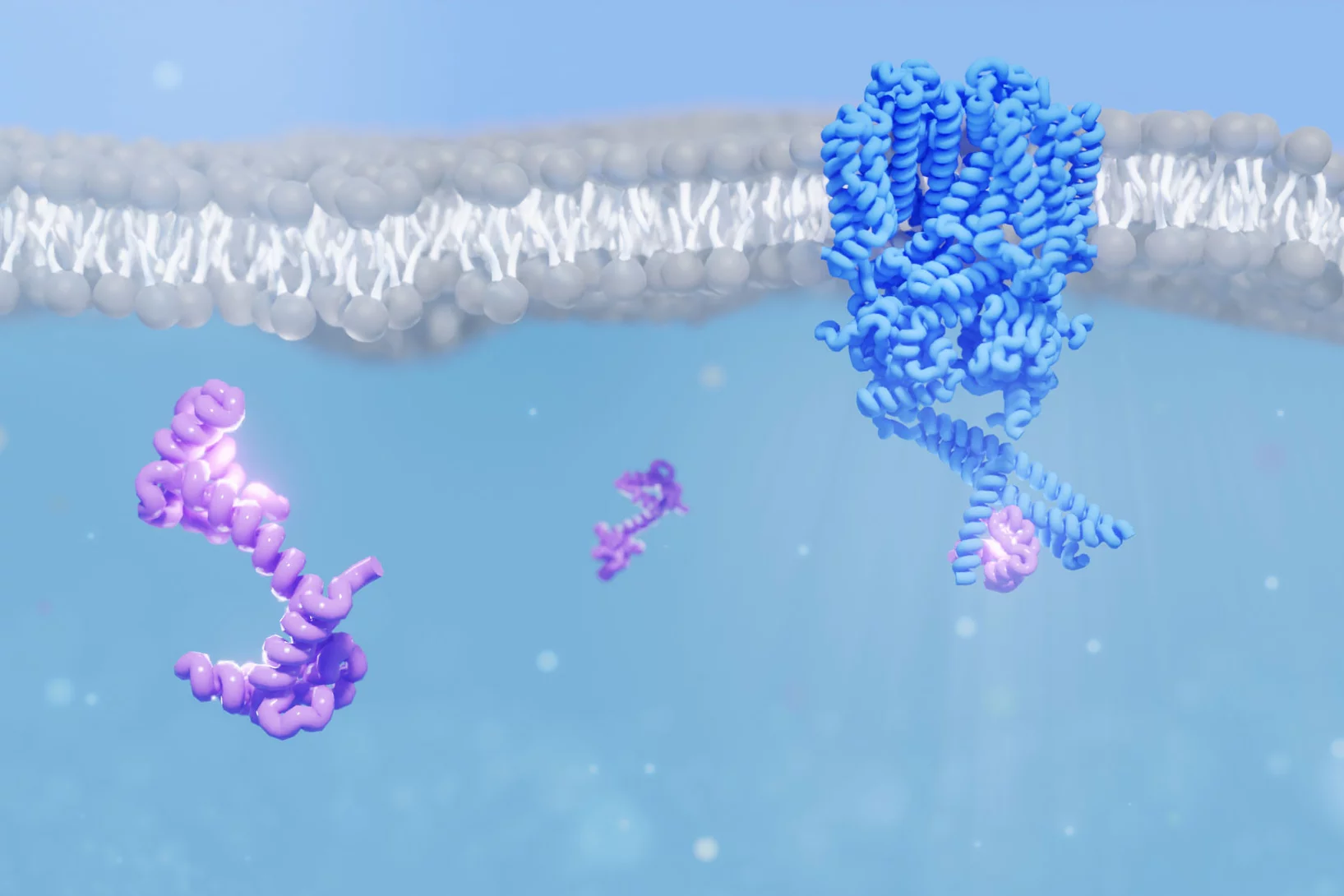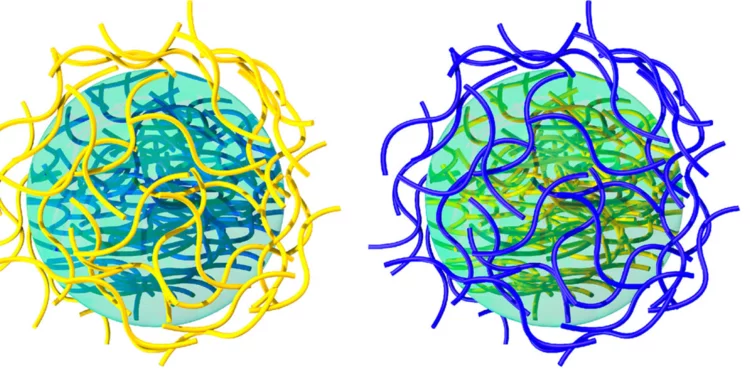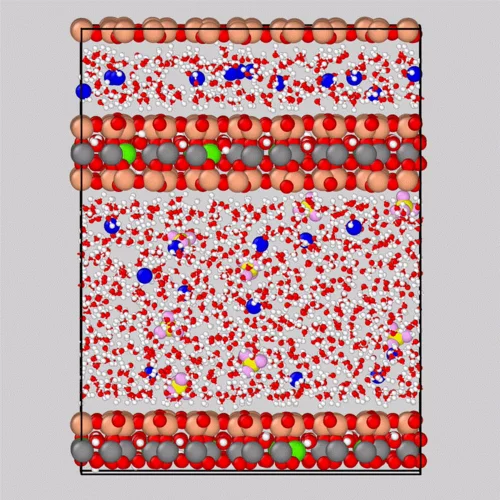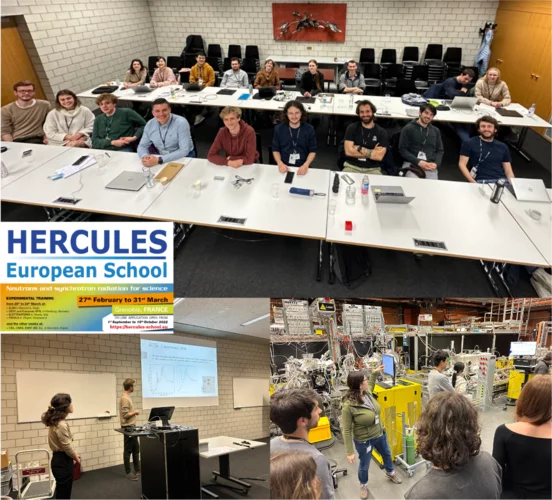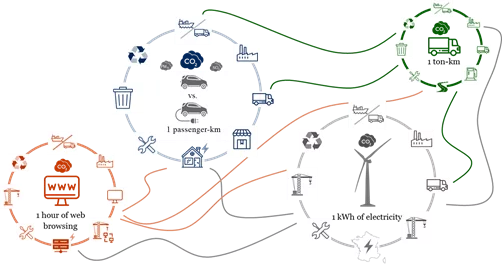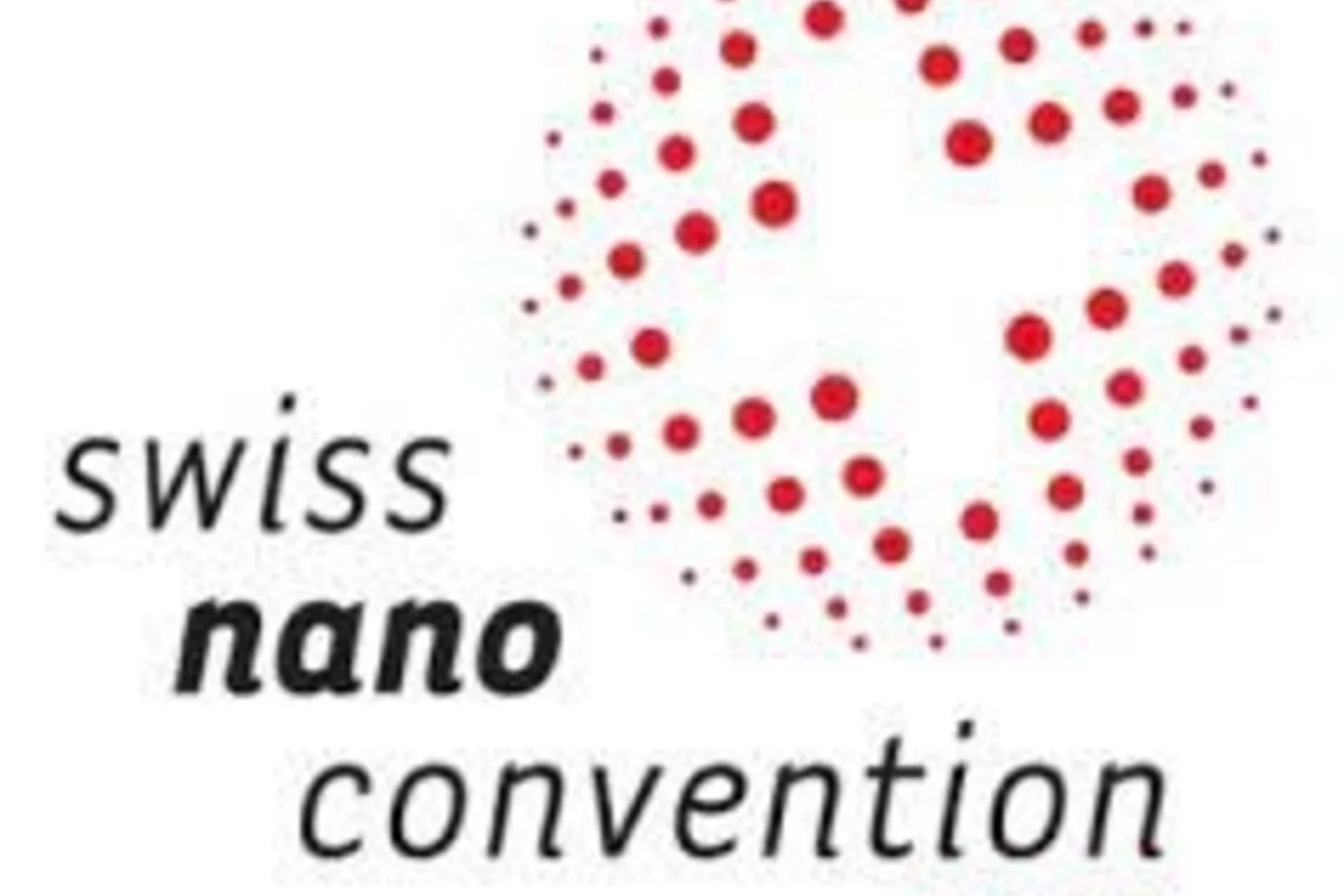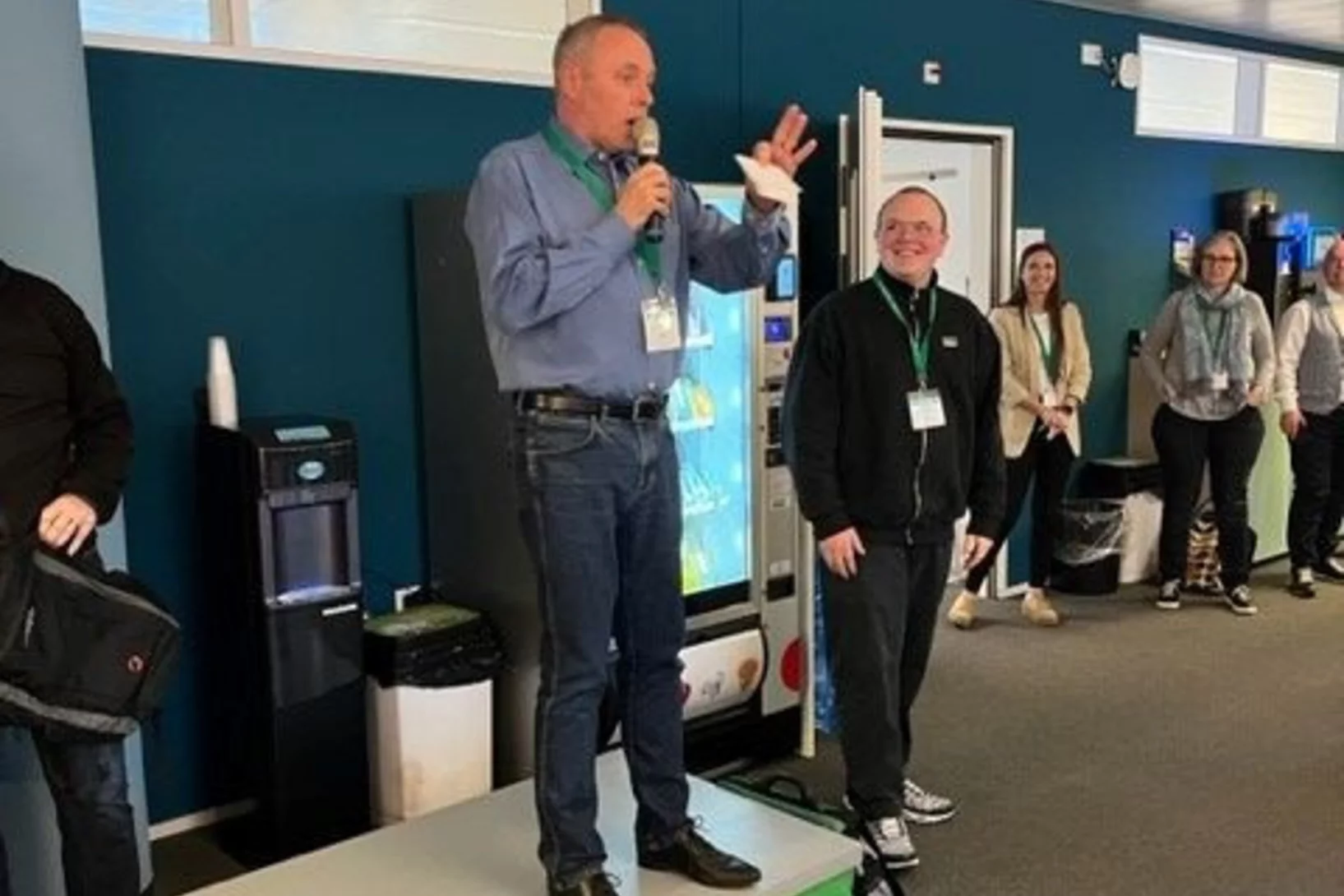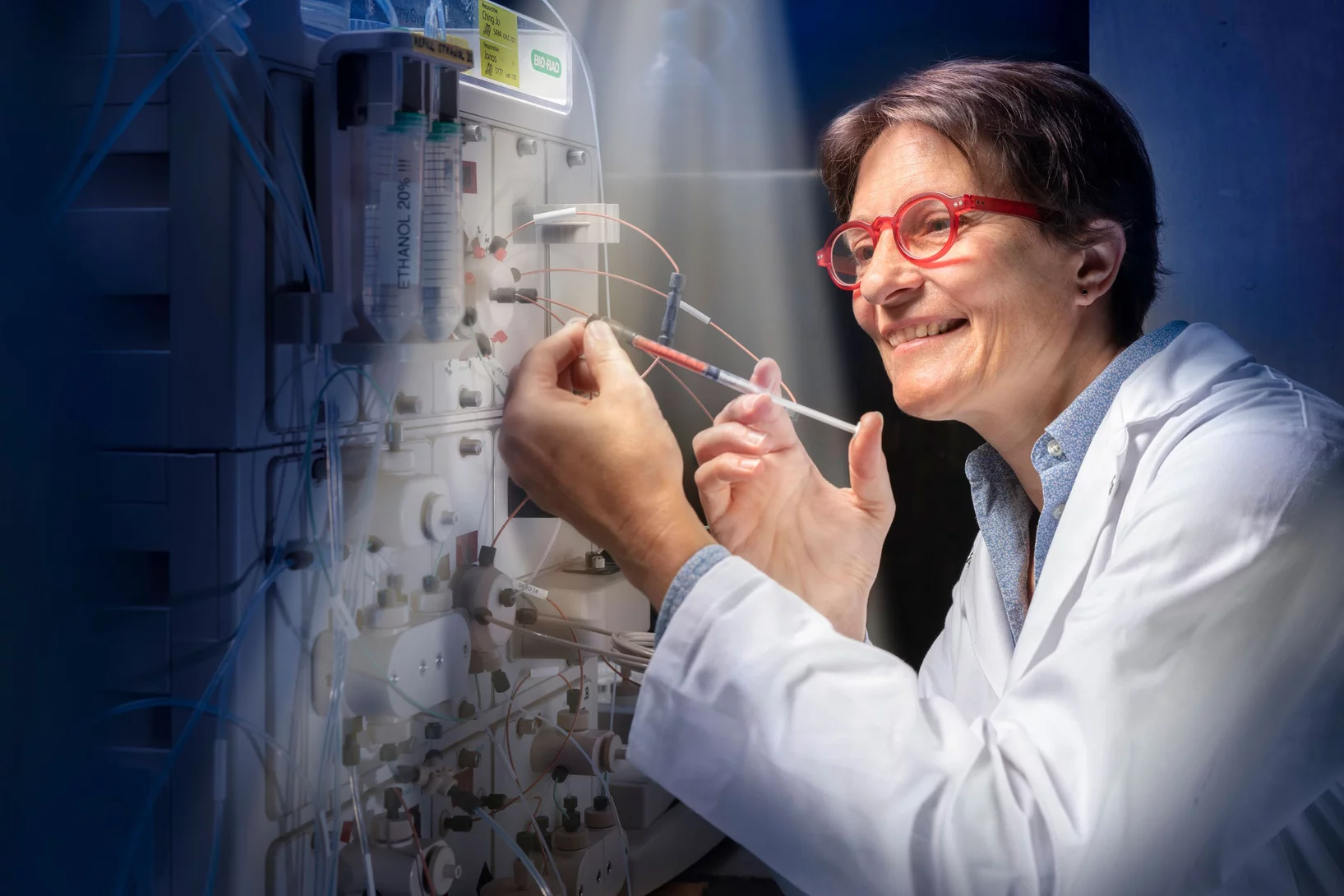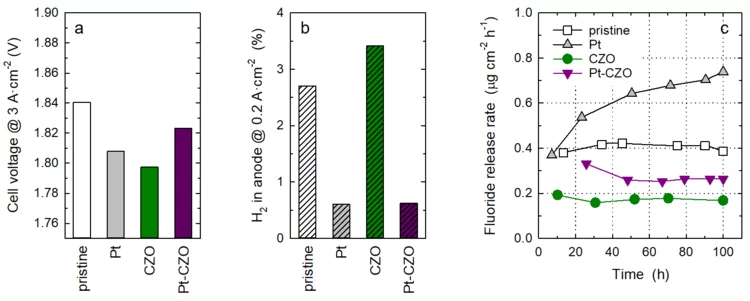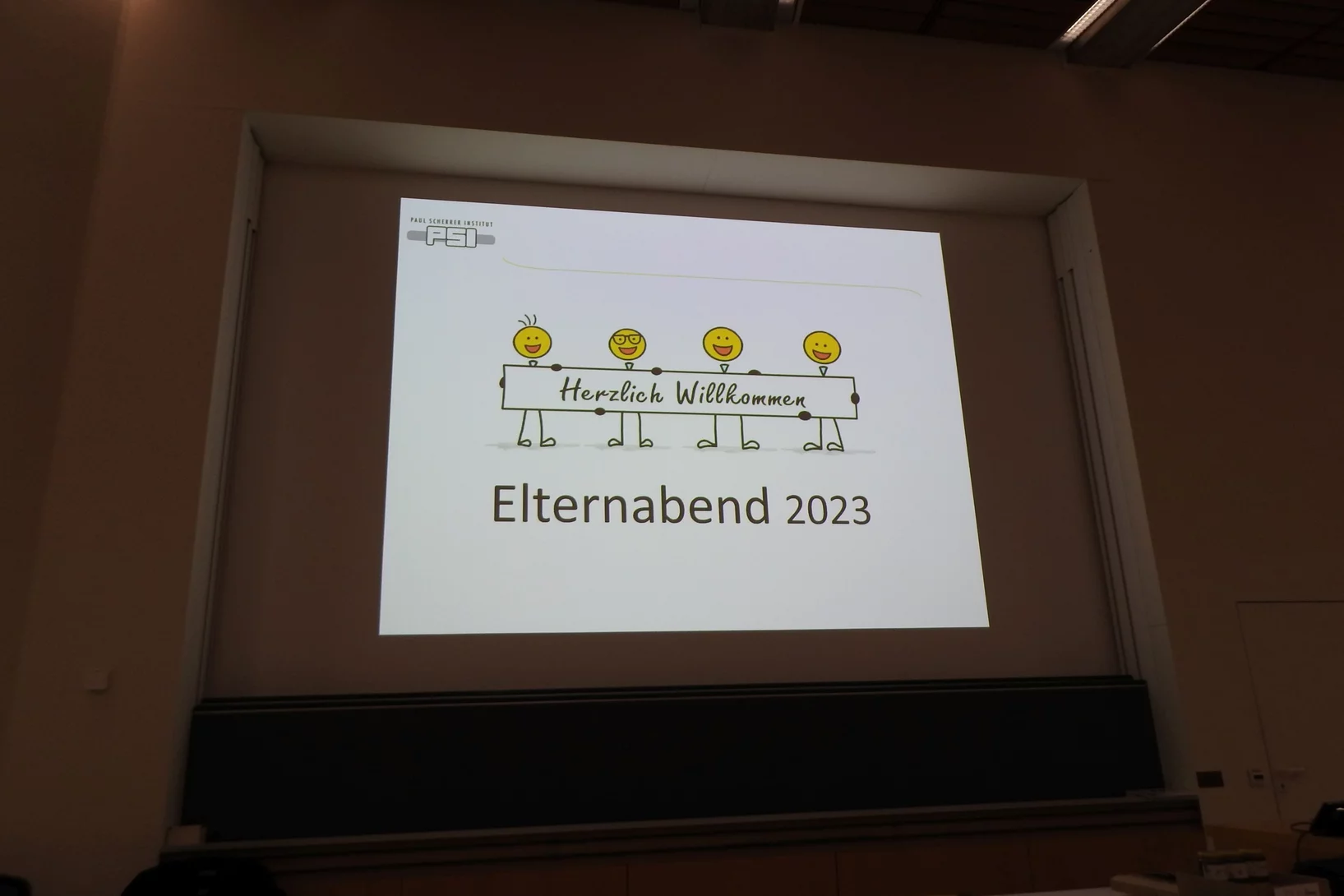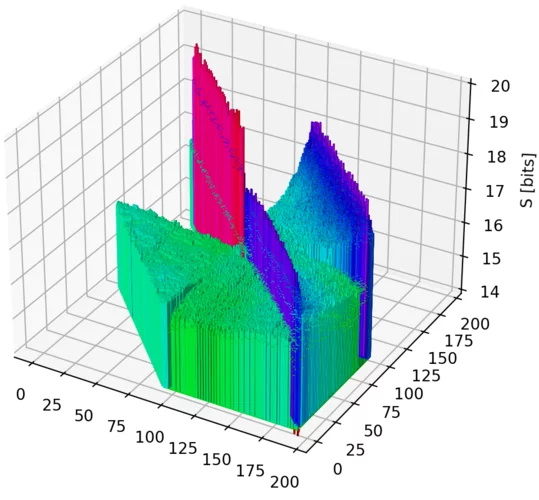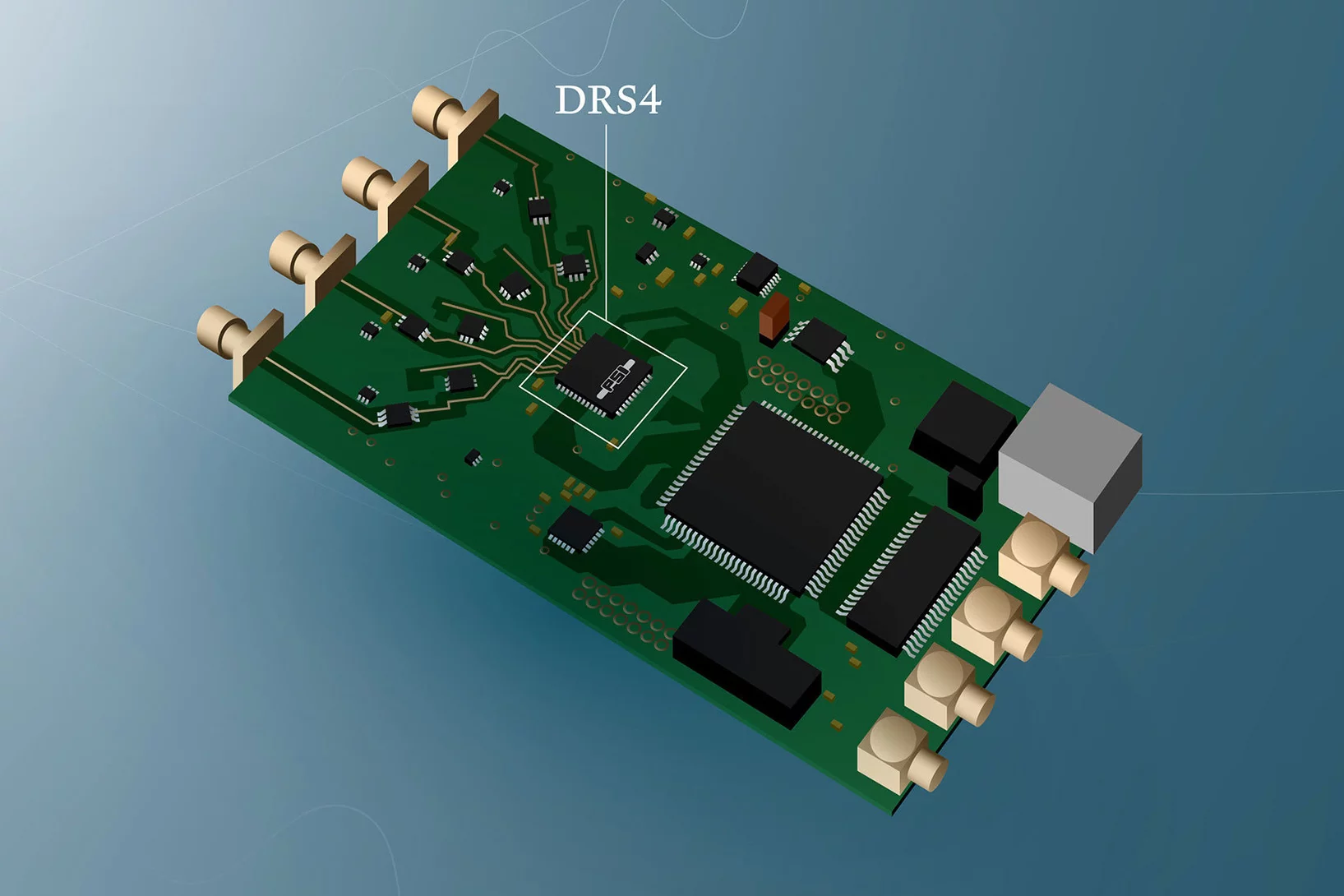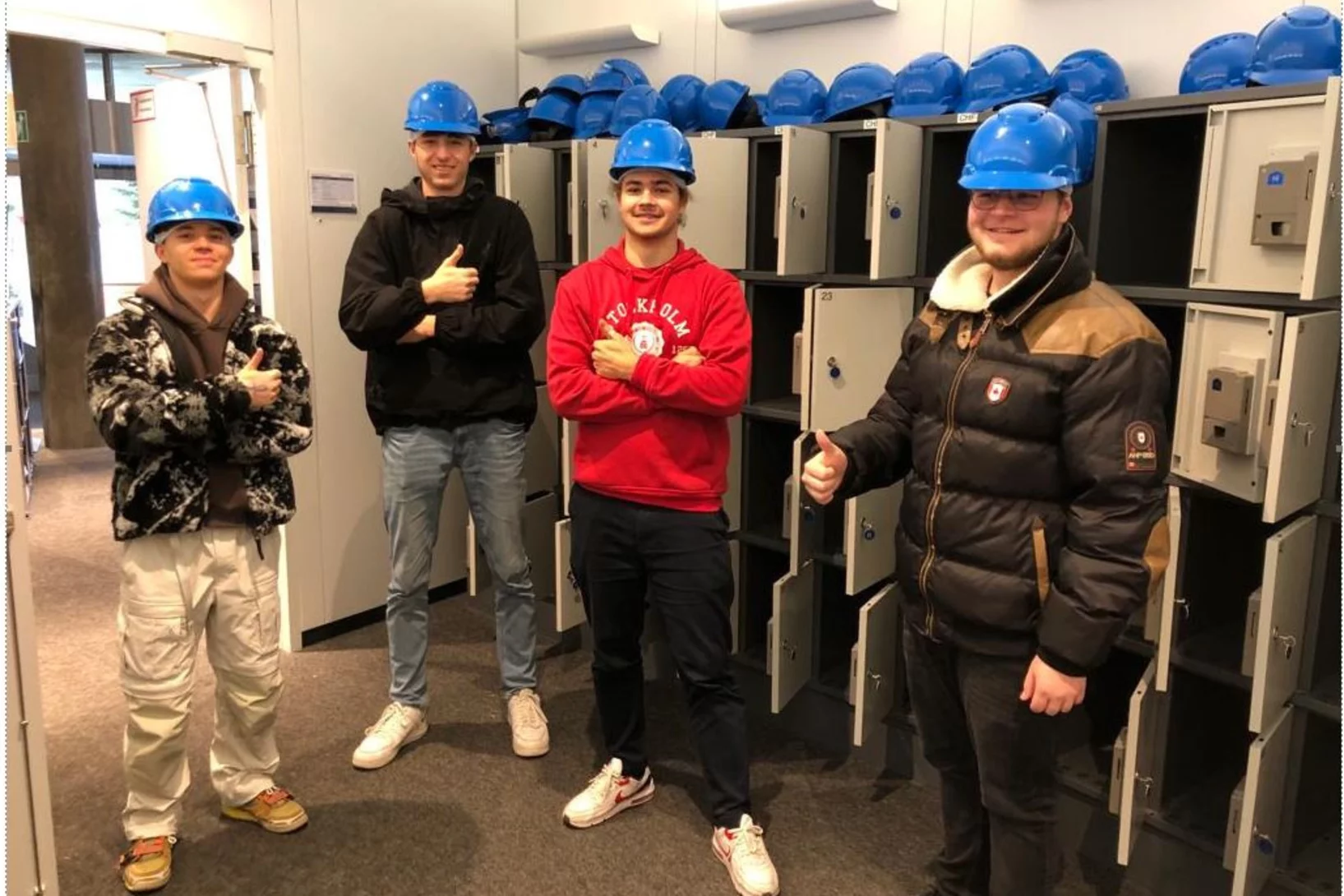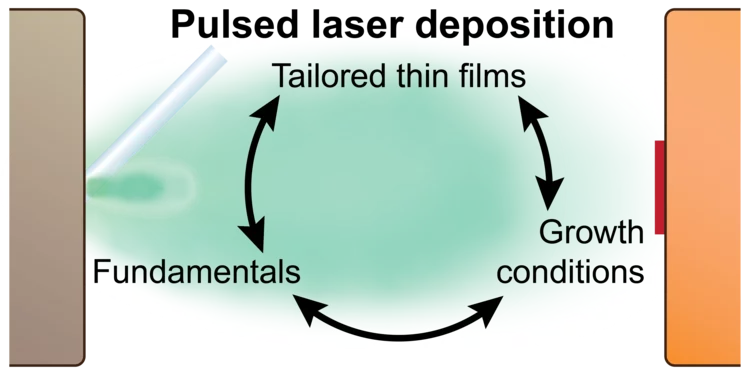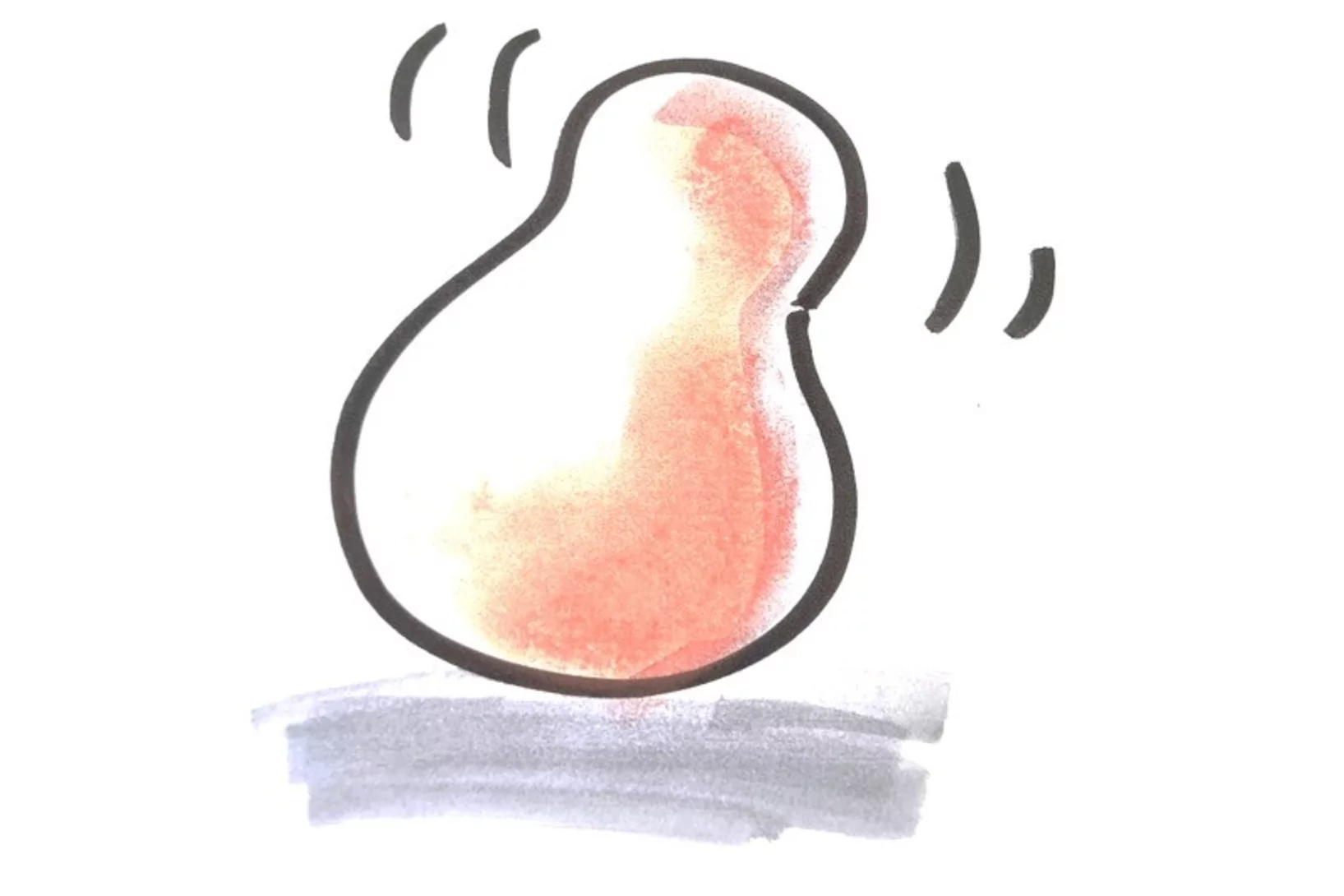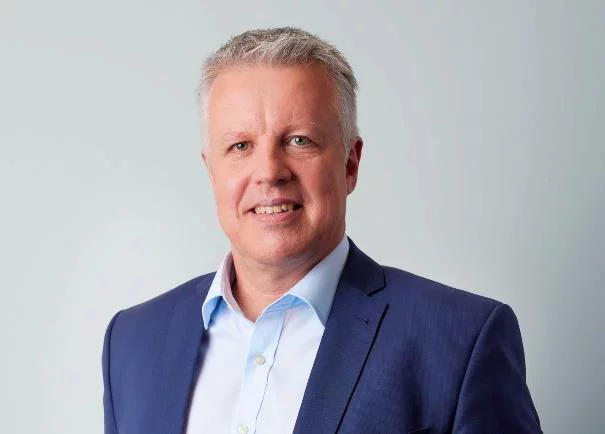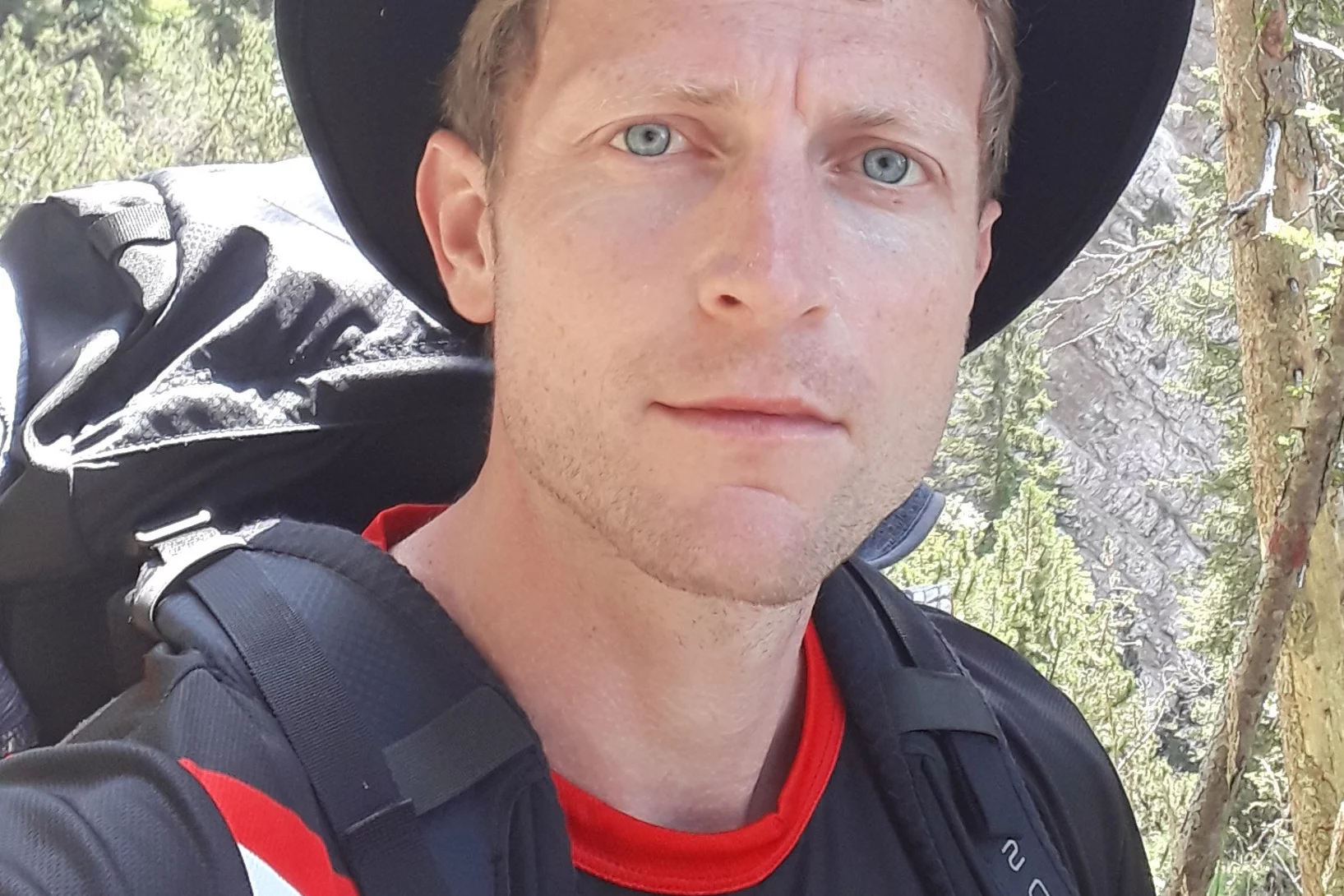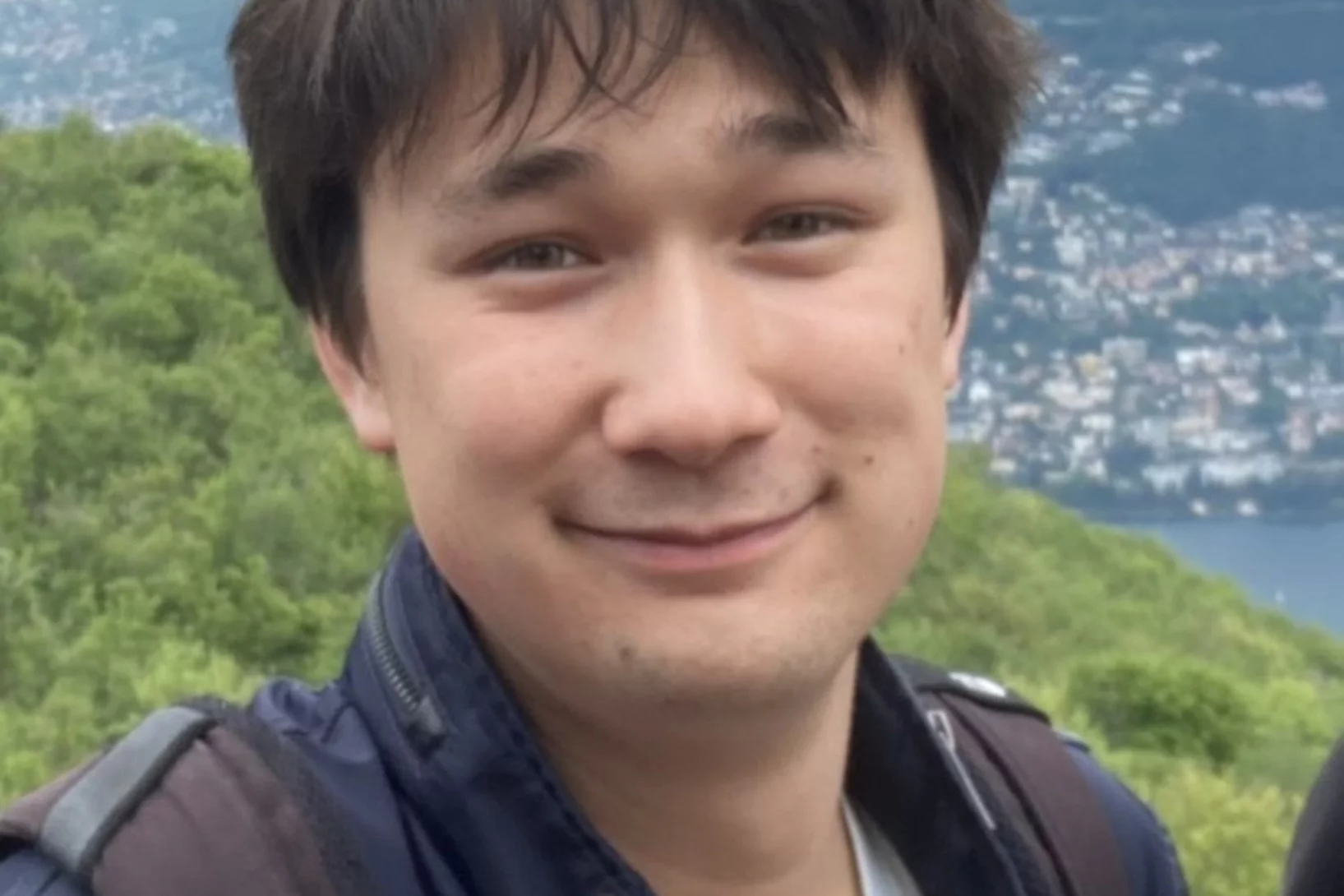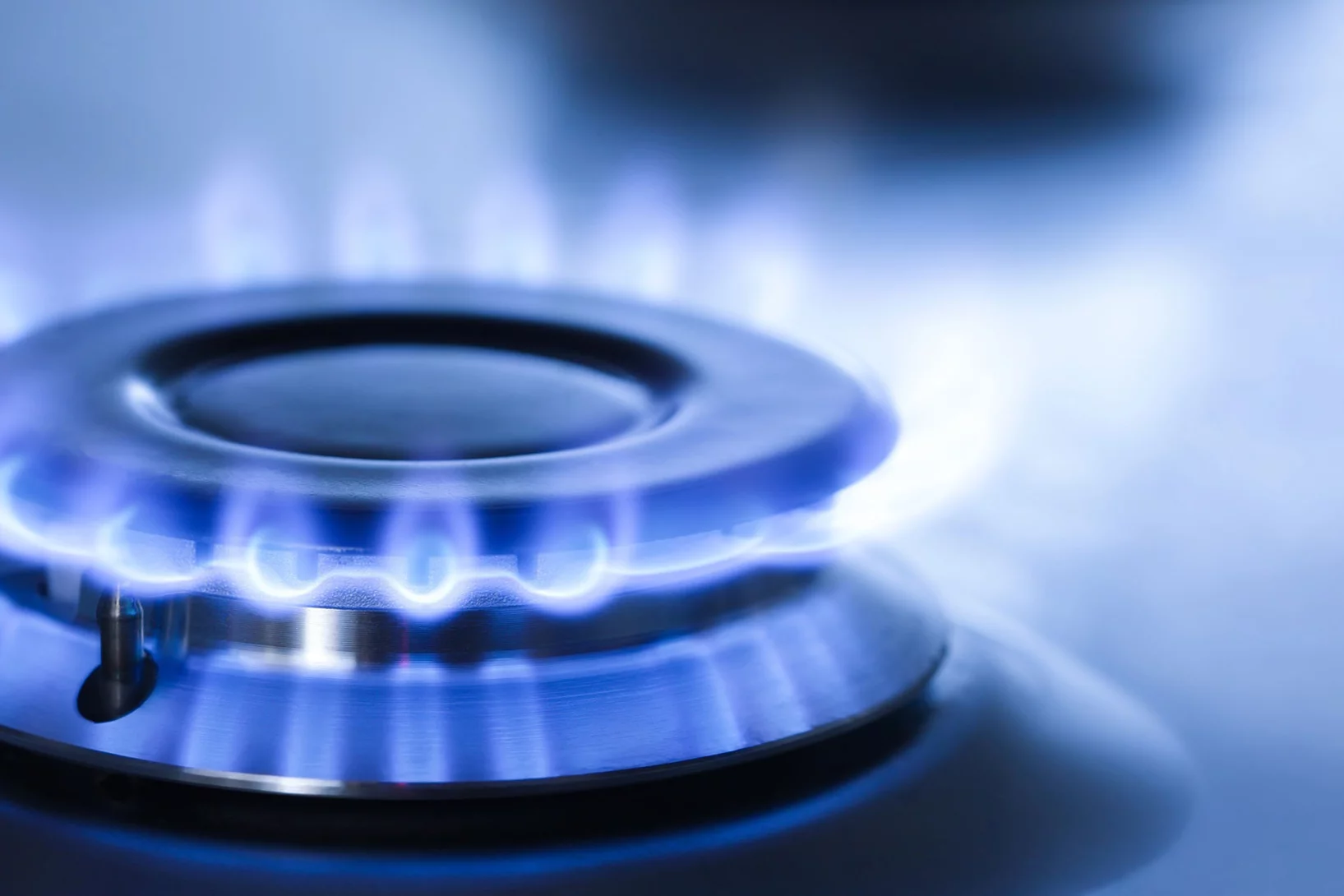Will I have to start all over again when moving away from academia?
‘If I change to industry or the public administration, does that mean I have to start all over again?’ is a question that is often asked in career counseling sessions one way or another. Clearly, after having invested so much time and energy in your education and your research project, the last thing you would want is starting from scratch. But do you really have to start all over again when you change career direction? And what is so bad about a fresh start?
SDU: Software for high throughput automated data collection at SLS MX
The Smart Digital User (SDU) software for unattended data collection has been deployed at the macromolecular crystallography beamlines at the Swiss Light Source.
X-ray imaging after heart transplantations
Synchrotron light can be used in follow-up after a heart transplant to determine whether the body may be rejecting the new organ.
Jupiter mission to explore conditions conducive to life
Ganymede, Callisto and Europa: Jupiter’s icy moons are the destination of the upcoming ESA mission. On board: a high-tech detector developed by PSI.
Calcium sensor helps us to see the stars
New insight into how the protein calmodulin interacts with an ion channel in the eye could explain how our eyes achieve remarkable sensitivity to dim light.
Amyloid-polysaccharide interfacial coacervates as therapeutic materials
Coacervation via liquid-liquid phase separation provides an excellent oppor- tunity to address the challenges of designing nanostructured biomaterials with multiple functionalities. Protein-polysaccharide coacervates, in particular, offer an appealing strategy to target biomaterial scaffolds, but these systems suffer from the low mechanical and chemical stabilities of protein-based condensates. Here we overcome these limitations by transforming native proteins into amyloid fibrils and demonstrate ...
Mobility of Dissolved Gases in Smectite under Saturated Conditions
Mobility of water, sodium and gas molecules within a smectite nanopore
Various gases are produced by metal corrosion and organic material degradation in deep gelological repository for nuclear waste. To ensure repository safety, it's important to demonstrate that gases can be dissipated by diffusion in host rocks and prevent pressure buildup in repository near field. Smectite mineral particles form a pore network that is usually saturated with water, making gas diffusion the primary transport mechanism. Molecular simulations have shown that the diffusion of gases through the pore network depends on various factors, including pore size and temperature. For instance, smaller pores and lower temperatures tend to reduce gas diffusion. Interestingly, hydrogen and helium have been found to diffuse faster than argon, carbon dioxide, and methane, possibly due to interactions with the clay surface and water molecules. Ultimately, the diffusion coefficients for different gases and pore sizes can be predicted using an empirical relationship, which is useful for macroscopic simulations of gas transport.
The Hercules School visits PSI
20 international students visited PSI as part of the renowned Hercules School to learn about our state-of-the-art techniques and methodologies at our large scale facilities.
Latest Version of "Mobiltool" Released
How do you get from A to B in the most environmentally friendly way? This question can now be answered quite easily with the latest version of the "mobitool". Read the article to learn more.
Foto-Künstlerin Elina Giuliana
Fotografie bedeutet, in die Welt einzutauchen, wo Einzigartigkeit im Mittelpunkt steht.
PSI and Park Innovaare at the this year’s Swiss Nano Convention!
From 15 to 16 June 2023, the Swiss NanoConvention will take place in Neuchâtel. The platform offers the opportunity to exchange, discuss and network with key players from science and industry.
PSI will be there - visit us at our joint stand with Park Innovaare, the innovation park next to PSI, and find out more about how we can support industry and SMEs with their technical challenges and innovation processes. In combination with the possibilities of state-of-the-art material analytics, we can help you to improve both your products and your manufacturing processes.
XRnanotech, one of our spin-off companies, will also be present at our booth.
The main topics of the conference include Nano for Medtec, Life Sciences, Optics, Quantum Computing and Imaging. The two-day programme will feature plenary lectures, thematic sessions, discussion platforms and ample opportunity for in-depth and informal networking. A poster session and an exhibition are also planned.
We are looking forward to meeting you at booth no 26 soon!
Detailed information on the event can be found at:
https://swissnanoconvention.ch/2023/
Berufsbildungs-Event Olten 2023
Die Reise nach Olten hat sich gelohnt!
Mu3e Collaboration Workshop in Wengen
The Mu3e Collaboration met for four days in Wengen in the Bernese Alps for an intense workshop. We discussed finalizing, commissioning and calibrating the first phase of the Mu3e experiment. A lot of space was also given to developments needed for the second phase of the experiment at higher muon rates, such as very high speed pixel detectors.
How football-shaped molecules occur in the universe
An international research team reveals how fullerene is formed in the universe.
March 23 - National awareness campaign against sexual harassment at the Swiss academic institutions
As part of the swissuniversities project "P-7: Diversity, Inclusion and Equity in University Development", PSI and many other academic institutions are actively participating in the cross-media prevention and awareness campaign.
How vision begins
PSI scientists have discovered the very first step occurring in the eye when light hits the retina.
Towards Next Generation Membranes for Polymer Electrolyte Water Electrolysis
The conversion efficiency for green hydrogen production in a polymer electrolyte water electrolyzer (PEWE) is strongly influenced by the ohmic cell resistance and therefore the thickness of the membrane. The use of thin membranes (~50 micron or below) is limited by gas crossover of H2 and O2, which can lead to the formation of an explosive gas mixture. The incorporation of a Pt recombination catalyst provides remedy and allows a more dynamic operating mode (cf. Highlight 03/2022). However, the presence of Pt nanoparticles leads to an increase in the rate of membrane degradation. Therefore, we have additionally doped the membrane with cerium-zirconium-oxide (CZO) nanoparticles, which act as radical scavenger. The rate of membrane degradation can thus be reduced.
Elternabend 2023
Lernende, Eltern, Berufsbildner*innen sowie Betreuer*innen fanden sich am 15. März im Auditorium zum diesjährigen Elternabend ein. Das traditionelle Spaghetti-Essen rundete den Abend nach Vorträgen, Besichtigungen und Gesprächen ab.
Approximate Computing for Nuclear Reactor Simulations
During the last decades, computing power has been subject to tremendous progress due to the shrinking of transistor size as predicted by Moore’s law. However, as we approach the physical limits of this scaling, alternative techniques have to be deployed to increase computing performance. In this regard, the next big advance is envisioned to be the usage of approximate computing hardware based on field-programmable gate arrays and/or digital-analogue in-memory circuits. Such approximate computing can provide disproportional gain (x1000) in energy efficiency and/or execution time for acceptable loss of simulation accuracy. This could be highly beneficial in order to accelerate computational intensive simulations such as reactor core analyses with higher resolution multi-physics models. On the other hand, the execution of programming codes on low-precision hardware may result in inadequate outcomes due to quality degradation and/or algorithm divergence. To address these questions, studies on the stability and the performance of advanced reactor simulation algorithms as function of reduced floating-point arithmetic precision are being conducted at the laboratory for reactor physics and thermal-hydraulics. Results obtained so far indicate a large room for the acceleration of nuclear engineering applications using mixed-precision hardware. Therefore, research is now being enlarged towards assessing multiprecision computing methods for reactor core simulations with higher spatial resolution.
What can’t be bought, we develop ourselves
Many components for the experiments the researchers at PSI just develop themselves.
Muonic X-rays peer into brooch from Roman city
Using Muon Induced X-ray Emission, researchers could reveal the inner composition of a knob-bow fibula, excavated at Augusta Raurica in northern Switzerland.
Die Konstrukteure im AKW Leibstadt
Der Strom kommt aus der Steckdose, oder?
A practical guide to pulsed laser deposition
Nanoscale thin films are widely implemented across a plethora of technological and scientific areas, and form the basis for many advancements that have driven human progress, owing to the high degree of functional tunability based on the chemical composition. Pulsed laser deposition is one of the multiple physical vapour deposition routes to fabricate thin films, employing laser energy to eject material from a target in the form of a plasma ...
Extreme nighttime pollution in New Delhi air explained
PSI researchers find the cause of high nighttime air pollution in New Delhi
From the outside, you see a successful scientist – but what is behind?
Do you sometimes get frustrated when you scroll through social media and see the new positions your contacts are about to start and the grants or prizes they are awarded? Do others’ success stories make you feel small and incapable? Is it true that everyone else is super-successful while you are struggling, or what is behind the others’ success?
Robert Rudolph new CEO of innovAARE AG
Change at the top of innovAARE AG, the operating company of Park Innovaare in Villigen: The Board of Directors has elected Mr. Robert Rudolph as the new CEO, who will take office at the beginning of April 2023. The retiring CEO Dr. Benno Rechsteiner is leaving Park Innovaare at his own request to take on a new challenge. Dr. Rechsteiner has been employed at innovAARE AG since June 2018 and has contributed significantly to important milestones for innovAARE AG: In summer 2019, an investor for the new construction of Park Innovaare was found in the form of CPV/CAP Pensionskasse Coop. In autumn of the same year, the groundbreaking ceremony for the building complex was celebrated. Under Dr. Rechsteiner's leadership, the development and expansion of the innovation campus followed, where numerous promising companies have already settled.
With Robert Rudolph, the management of the Innovaare park is getting a new and well-known face. Mr. Rudolph was previously employed as head of technology transfer at the Paul Scherrer Institute PSI and as a member of the executive board of the Swissmem industry association he was most recently responsible for the topics of digitalisation, innovation, research and start-ups. In this role, he became a expert on the Swiss innovation landscape and the needs of industry with regard to research and development.
Chairman of the Board of Directors Dr Christian Brönnimann expressed his thanks to Dr. Rechsteiner for his successful work in setting up the Park Innovaare generation project: "Thanks to Benno Rechsteiner's commitment in finding investors, the groundbreaking ceremony for the park was held and the first buildings were erected on a total area of 38,000 square metres. With Robert Rudolph at the helm, we now have a CEO with far reaching industrial contacts. We are convinced that Mr. Rudolph, with his background and network, brings the best prerequisites to lead the Park Innovaare into a successful future!"
Welcome to LXN Frederik Schirdewahn
Herzlich Willkommen Frederik Schirdewahn in LXN!
Welcome to LXN Theo Wollschlegel
Herzlich Willkommen Theo Wollschlegel in LXN!
How can we secure our gas supply?
Switzerland depends entirely on foreign gas imports. How can we escape from this dependence and guarantee our gas supply? Synthetic methane might be a solution.
Music at PSI
Sometimes musicians drown out the technical background noise at PSI.


